
|
|
|
|
|
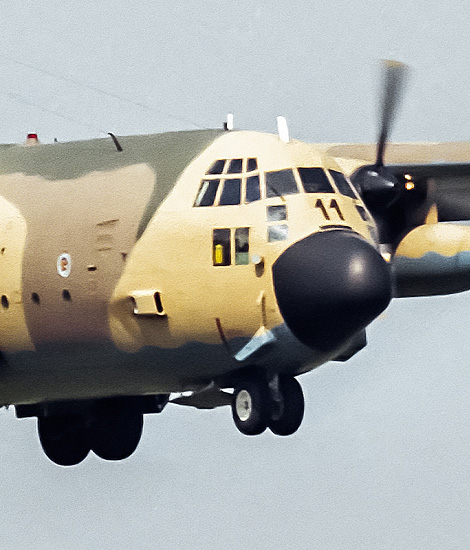
|
The Composition of the TLP Coarse; Florennes, March 7, 2000
The Tactical Leadership Program, part 2; Text and Photograph's by Alex van Noye
The TLP is now one of the most important standardization and leadership courses in Europe. The way the course is structured ensures that the participants of the TLP learn all aspects of modern tactical flying and leadership. The course consists of a theoretical part and a practical part and will take normally four weeks.
The TLP course is not just about the flying part only. A long period before the pilots start this phase, the pilots also undergo the academic course. One will therefore first learn the theory before practicing training missions. The slot allocation of the participants of a TLP course will be coordinated during the annual planning conference for the next calendar year. Before the pilots take part in the Flying Coarse, they also take part in the TLP COMAO Academic Coarse first. The target group of the TLP COMAO Academic Coarse are junior fighter pilots with 100-500 hours of operational flying hours in a fighter plane and 1-4 years of service on the current platform or system. The course is applicable for navigators, Weapon System Operators (WSO) and combat pilots. The duration of the academic course is eight working days. The course normally starts on Tuesday morning and ends on the Thursday the following week. The purpose of the TLP COMAO Academic Coarse is to improve the ability of the selected aircraft crews to master the various attack and support components within the package. The young pilots learn to effectively integrate here and to operate in an international context. During this theoretical course the pilots will learn to plan tactically and to consider the limitations of each aircraft and each system. One learns to communicate the plan and to put the package together. Finally, a brief overview of a mission of a composite attack force is made. The course focuses on tactical leadership and the COMAO mission planning.
The TLP COMAO Flying Course is the next phase and is intended to improve the tactical leadership skills and tactical flight capabilities of commanders of fighter planes. The aim is to improve the tactical interoperability of NATO air forces through exposure to tactics and capabilities of other air forces. The TLP is thus a laboratory in which new tactics and concepts are developed in practical circumstances. The course also enables a diverse exchange of information about weapons, tactics and capacities
|
|
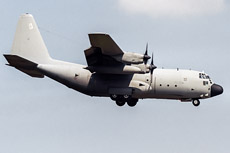
|
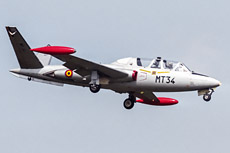
|
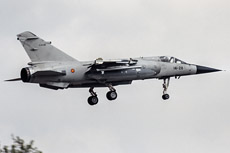
|
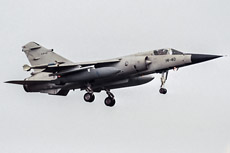
|
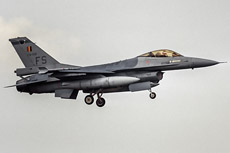
|
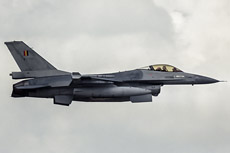
|
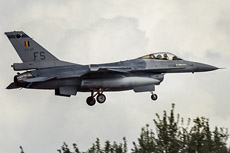
|
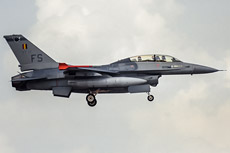
|
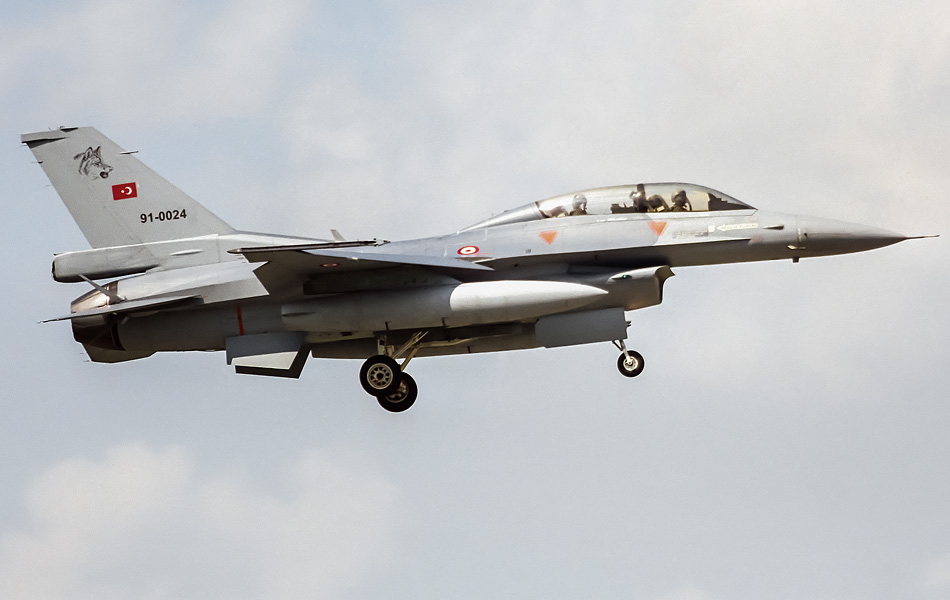
|
between the participating countries. The participants learn about the strengths and weaknesses of each other's fighter planes. By offering an environment that promotes the discussion and development of multinational tactics, TLP participants find the best way to use the different aircraft capabilities of the multinational forces in Composite Air Operations (COMAO). During each course, a building block approach is used to guide the crews through fifteen carefully structured missions. These missions are aimed at challenging TLP participants to develop tactical leadership skills. These skills are needed to plan, fly and debrief the fully integrated multinational formations. Every day another crew of the participants leads the other pilots through all phases of the missions that increase in complexity during the course. The missions are flown from Florennes and they will fly over land and sea in different training areas. Long-distance missions also often use refueling in the air.
Twice a year the TLP also has Night Operations within the flying course program. The aim of this part of the training is to carry out the COMAO operations at night. The participants must experience the various challenges that belong to the planning and execution of nightly operations. In nightly operations, completely different tactics are generally applied than in daylight. In this phase, participants are given the opportunity to develop these important skills at night. The TLP COMAO flying course starts on Monday of the first planned course week. The nominal course duration of a TLP course is 26 days. The actual course duration can be adjusted to take into account simultaneous flight activities and academic courses and national or regional public holidays in the host country. The availability of teachers and other TLP requirements also play a role that can disrupt the continuity of the course. The TLP COMAO Flying Course is intended to train pilots of tactical fast fighters in a complex environment. The lectures and missions are designed for junior tactical fighter pilots or pilots with limited COMAO experience. Usually the pilots who participate in the TLP are at the level of the senior first lieutenant or is a young captain with more than 500 flying hours on his type of fighter plane. The logical structure of the TLP course is the COMAO support course, followed by the COMAO course and finally the COMAO flying course as final exercise. The secondary target group of the TLP course is the support staff that is likely to be involved in a COMAO scenario in the future, such as combat leaders.
The composition of a TLP course is the same every time. This is to offer the participants the same learning opportunities through all courses. The maximum number of participants for the TLP Flying Coarse always consists of a maximum of 32 participants. Continue are the twelve pairs of two fighter planes that operate during the course supplemented by supporting aircraft. A limited number of slots per TLP course is available for Rotary Wing and Tactical Air Transport participants. In addition, a limited number of support staff slots are available, including GCI and Intel. A standard course always has sixteen participants in the Air-to-Ground role, the Multi-role or the air-reconnaissance role. Six participants participate in the air defense role and two slots are available for participants who participate in the SEAD role. In addition to these fighter planes, two participants can participate in the tactical transport role per TLP course. There are also two slots available for helicopter participants. For the support units there are two places for the Ground Controlled Interceptions (GCI) and two places for Intel participants. All participating countries bring their own ground staff and their own ground equipment to the exercise. The ground staff is therefore also well trained in the COMAO scenarios. The ground personnel and their equipment are usually flown in by airplanes at Florennes in the week before the TLP course starts. The TLP has evolved over the years in one of the most important courses in Europe.
|
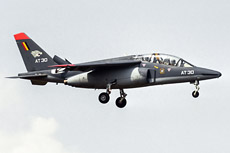
|
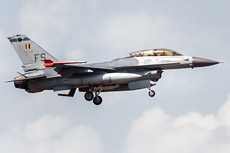
|
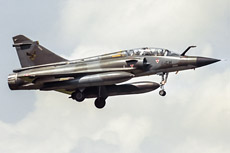
|
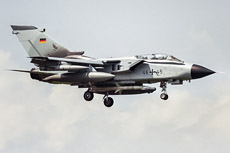
|
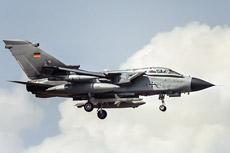
|
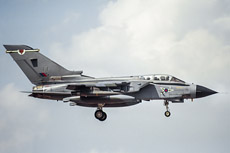
|
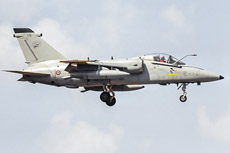
|
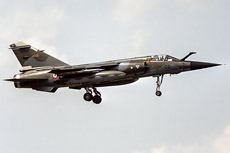
|
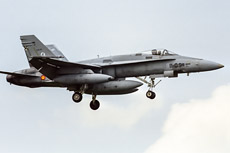
|
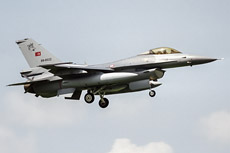
|
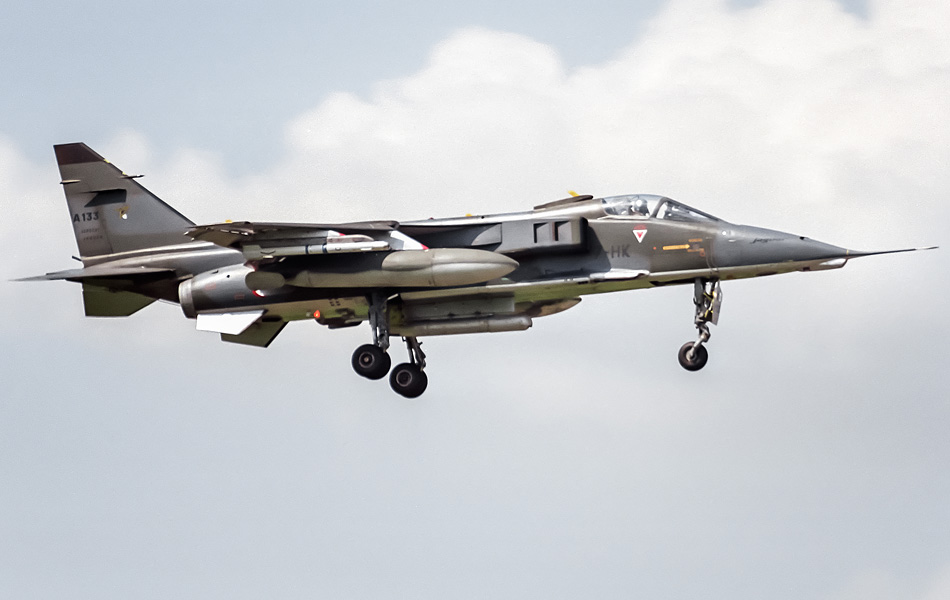
|
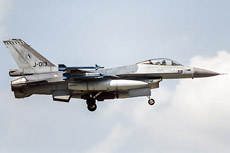
|
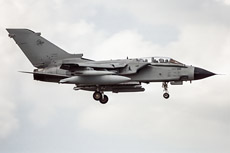
|
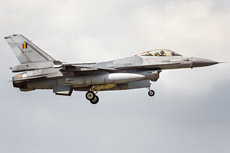
|
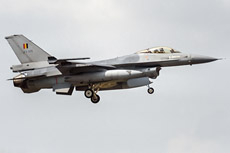
|
|
|

|







